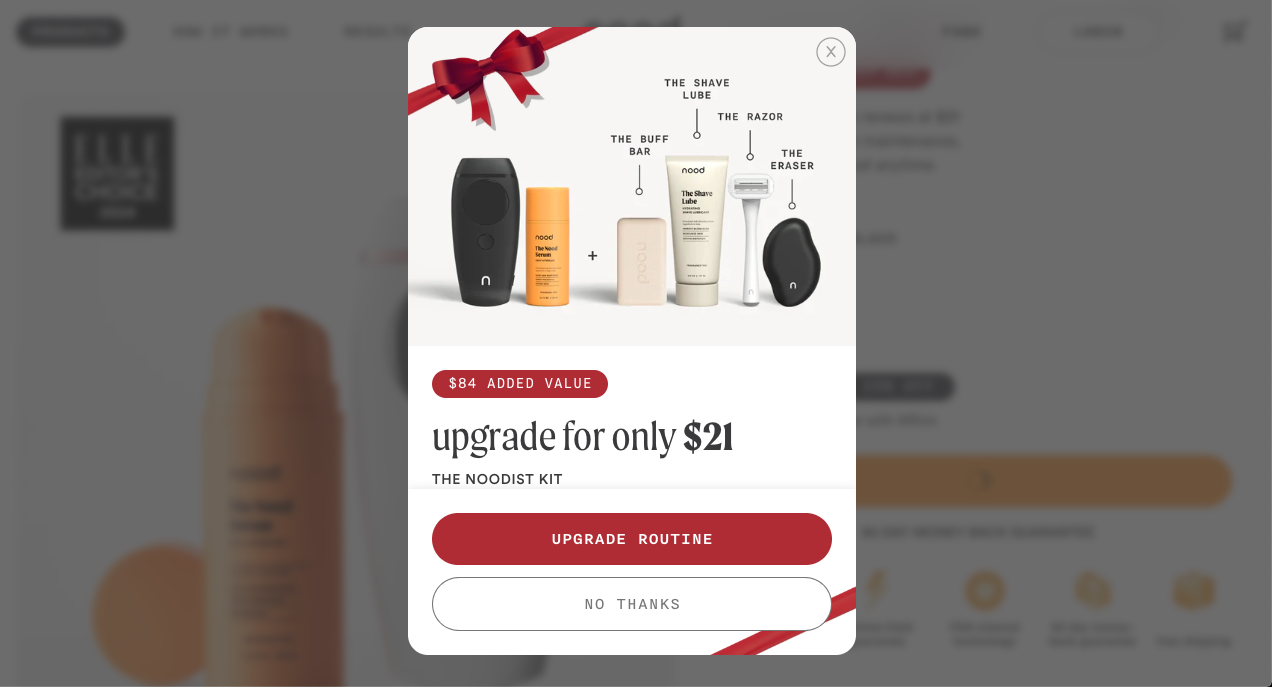In the ever-evolving world of eCommerce, businesses constantly seek new ways to improve customer engagement, increase sales, and enhance the overall shopping experience. One powerful tool that has gained significant traction in recent years is behavioral targeting. But what exactly does it mean, and how can it be leveraged to benefit your online store?
What is Behavioral Targeting?
Behavioral targeting refers to the practice of using data about a user’s previous interactions and behaviors on your website (or across other websites) to tailor the shopping experience in real-time.
By analyzing actions such as page visits, clicks, purchases, and even how long a customer spends on a product page, businesses can gain deep insights into customer preferences and predict what products or services they might be interested in.
This data-driven approach allows eCommerce stores to deliver personalized content, promotions, and product recommendations, enhancing the relevance of what customers see and boosting the likelihood of conversion.
How Behavioral Targeting Works
At its core, behavioral targeting is about tracking customer actions and using that information to deliver more relevant experiences. Here’s a simplified breakdown of how it works:
- Data Collection: As customers interact with your eCommerce site, data is collected based on their behavior. This can include browsing history, previous purchases, abandoned carts, search queries, and more.
- Data Analysis: The collected data is analyzed to understand patterns and preferences. For example, if a customer often browses athletic shoes, the system may infer that they have a preference for sportswear.
- Personalized Recommendations: Based on these insights, personalized product recommendations are displayed, such as showcasing similar items, accessories, or items they might need based on their previous purchases.
- Targeted Offers and Promotions: Behavioral targeting can also be used to send personalized promotions to customers. For example, if a user has abandoned an item in their cart, they may receive a targeted discount or reminder email to encourage them to complete the purchase.
- Retargeting Ads: Behavioral targeting extends beyond your website through retargeting ads. If a customer views a product but doesn’t purchase it, retargeting ads can display those products (or similar items) across other platforms like social media or Google Ads, gently nudging them to return.
Benefits of Behavioral Targeting in eCommerce
- Improved Customer Experience: By showing relevant products, promotions, and content, customers feel like the store “understands” their preferences. This leads to a more enjoyable and seamless shopping experience, increasing the likelihood of repeat visits.
- Higher Conversion Rates: Personalized experiences are more engaging. By offering tailored recommendations or reminders, you’re more likely to convert a casual visitor into a paying customer.
- Increased Average Order Value (AOV): Behavioral targeting enables upselling and cross-selling opportunities. For instance, if a customer buys a laptop, they may be shown related accessories such as laptop bags, mouse pads, or headphones, encouraging them to spend more.
- Enhanced Customer Retention: By using behavioral data to send targeted email campaigns or exclusive offers, you can build a stronger connection with customers, making them more likely to return and make repeat purchases.
- Better Marketing ROI: With behavioral targeting, businesses can create more efficient marketing campaigns by focusing efforts on customers who have already shown interest in certain products. This means less wasted spend on broad, untargeted ads and more precise, cost-effective campaigns.
Practical Applications of Behavioral Targeting
- Product Recommendations: On product pages or homepages, display items based on what the customer has previously viewed or purchased. For example, if someone has viewed a pair of shoes multiple times, show them complementary items like socks, shoe care products, or other shoes.
- Abandoned Cart Reminders: If a customer adds an item to their cart but leaves without completing the purchase, you can use behavioral targeting to send a reminder email with the abandoned item and perhaps a special offer to incentivize them to complete the purchase.
- Personalized Offers and Discounts: Offer personalized discounts based on browsing behavior. For instance, if a customer has been browsing a specific product but hasn’t made the purchase, offer them a discount code to encourage them to buy.
- Dynamic Content: Personalize the content on your site based on a customer’s actions. For example, if a visitor often shops for eco-friendly products, you can highlight green or sustainable product options when they return.
Ethical Considerations and Best Practices
While behavioral targeting offers tremendous benefits, it’s important to approach it with care and respect for your customers’ privacy. Make sure your store complies with data privacy regulations (such as GDPR) and be transparent about how you collect and use data.
- Provide Opt-Out Options: Give customers the option to control their data and opt out of tracking if they wish.
- Transparency: Inform customers about data collection practices and how their information is being used.
- Respect Privacy: Ensure that you’re not over-targeting or being too invasive with your recommendations.
Conclusion
Behavioral targeting is a game-changing strategy for eCommerce businesses looking to boost sales and improve customer satisfaction.
By leveraging customer data to provide personalized experiences, eCommerce stores can create a more engaging, relevant, and efficient shopping journey that drives higher conversion rates, loyalty, and customer retention.
The future of eCommerce is personal, and behavioral targeting is a powerful way to make that future a reality.


Leave a Reply